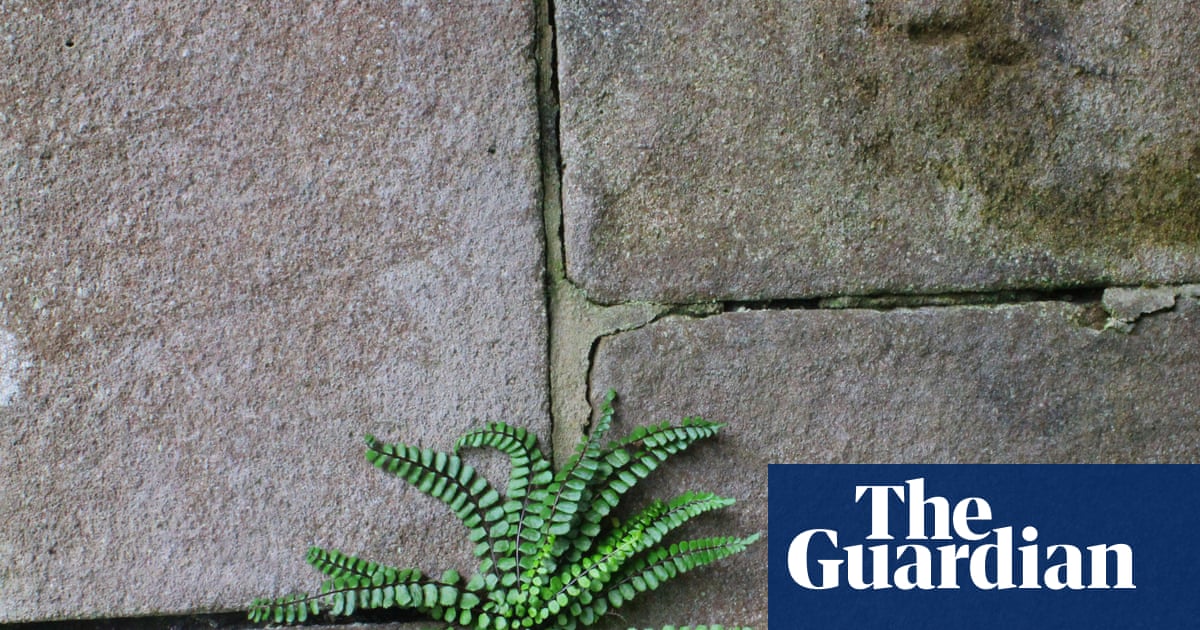Auto Amazon Links: No products found. Blocked by captcha.
Allerton cemetery is famous for being the final resting place of several Liverpool luminaries, such as Cilla Black, Ken Dodd, and Julia Lennon, but my visit was motivated by a different reason – the plants. The mortuary chapels, constructed from red desert sandstone quarried from Woolton, stand out against the grey backdrop on a calm autumn day. Despite being disused since 1975, the central avenue of the Grade II-listed cemetery exudes a park-like atmosphere, with its geometric design and plentiful evergreen species.
The chapels, now devoid of mournful footsteps, house a thriving ecosystem within their walls. The once lively stained glass windows are now obscured, and only corvids, wood pigeons, and gulls frequent the area. Amid the ubiquitous buddleia growth, plants native to mountainous regions have found refuge in the mortar of the chapels, surviving on unconventional sources of nutrients like rainwater and bird droppings. Their ability to flourish in such adverse conditions is a testament to nature’s resilience.
Within the central chapel, various fern species like wall rue, maidenhair spleenwort, and hart’s-tongue fern adorn the walls with their vibrant foliage. The presence of hairy bittercress, yew saplings, and a solitary polypody fern add to the biodiverse tapestry thriving on the Edwardian walls. In a secluded corner of the Catholic chapel, a patch of Soleirolia soleirolii, known by several names like mind-your-own-business and angel’s tears, serves as a poignant reminder of the transience of life. Despite the visible signs of change and decay, the chapels bear witness to the enduring beauty and vitality of nature within the confines of time
Read the full article from The Guardian here: Read More
Auto Amazon Links: No products found. Blocked by captcha.
